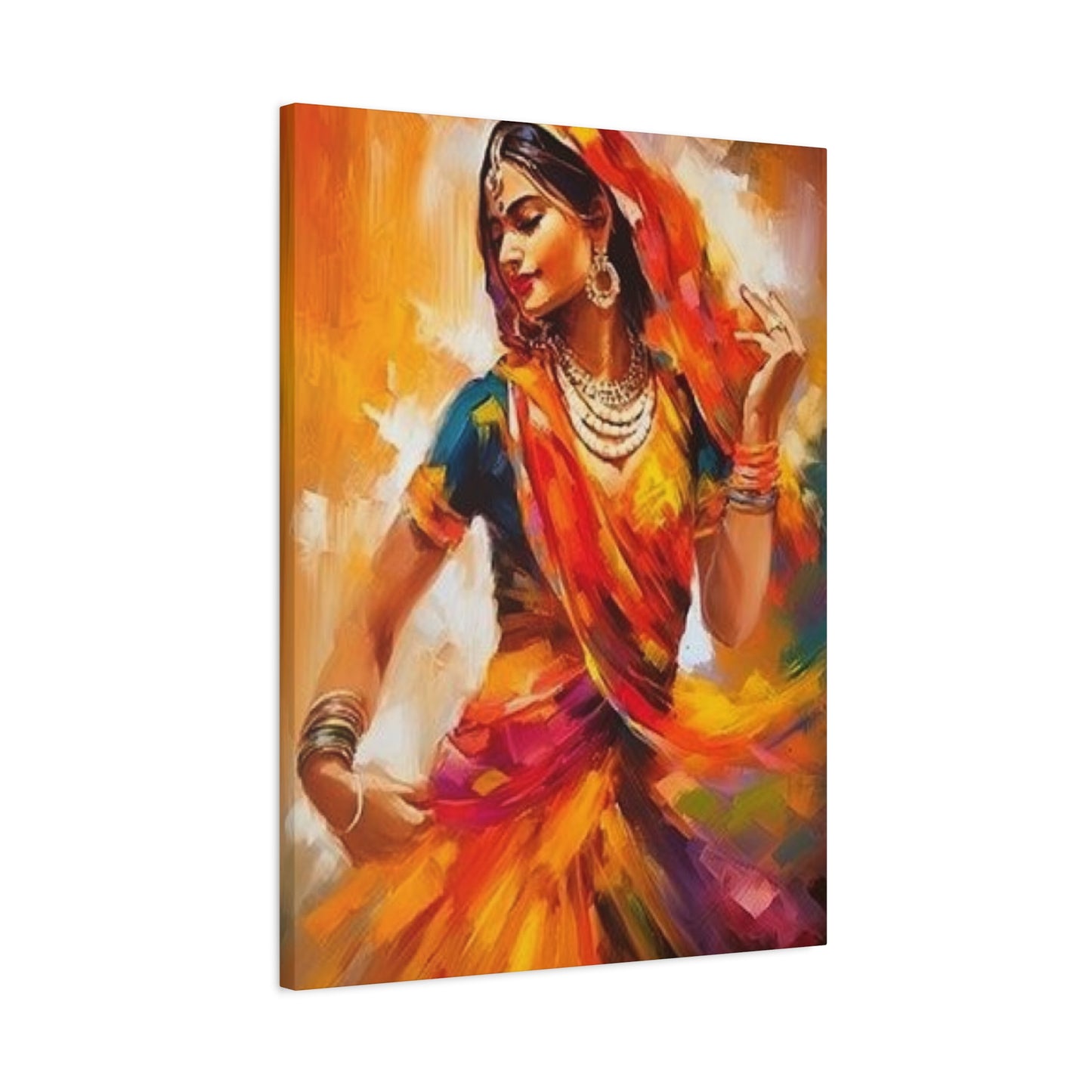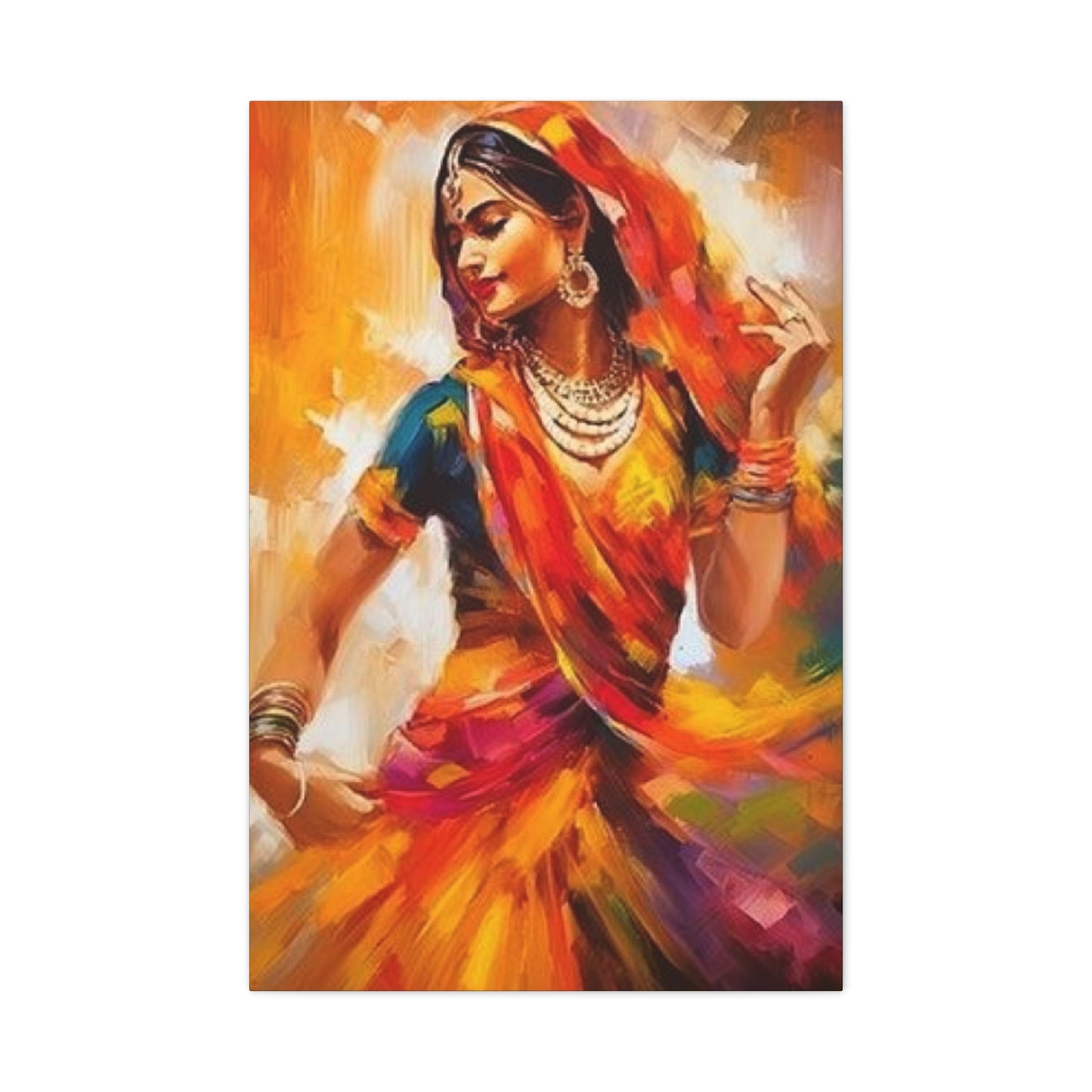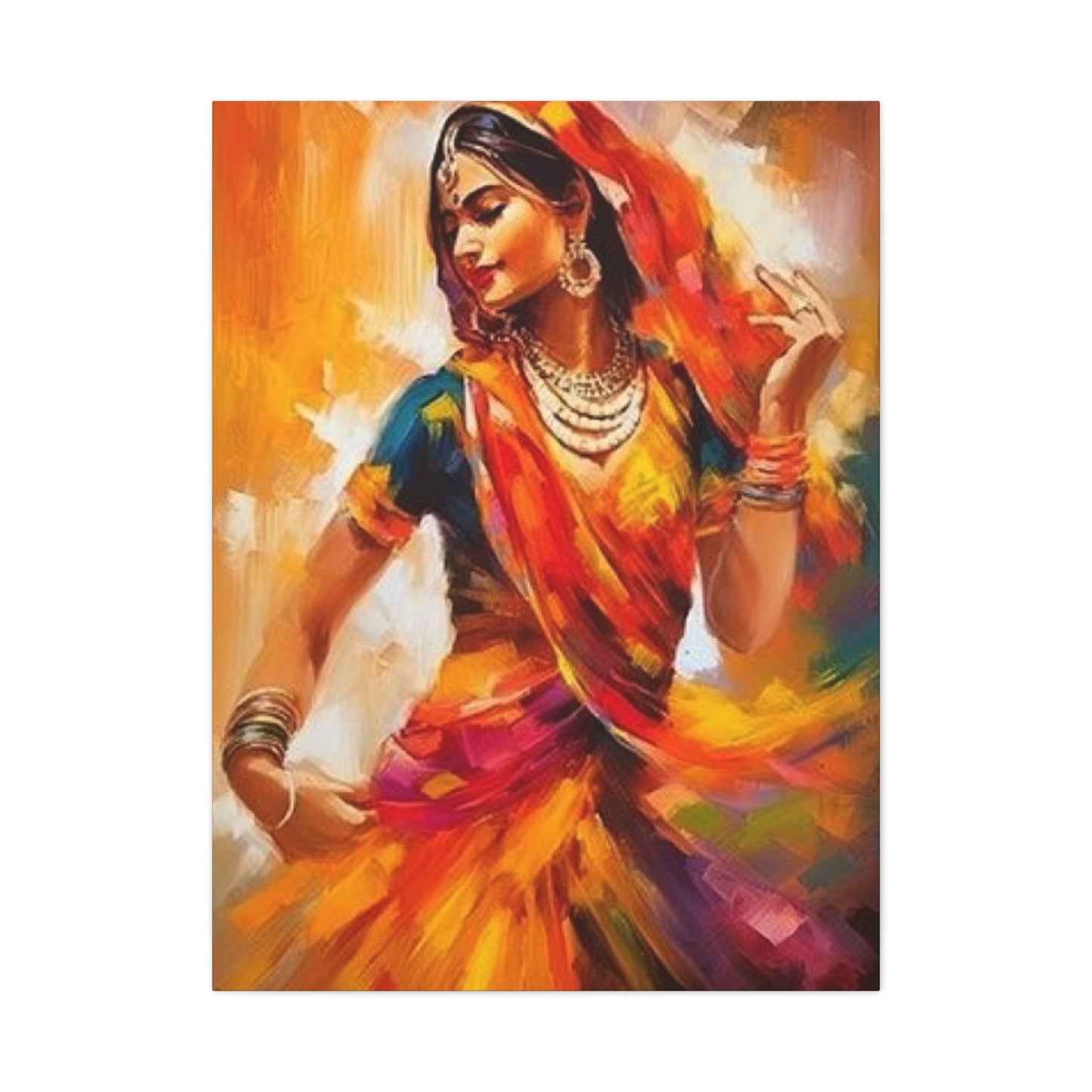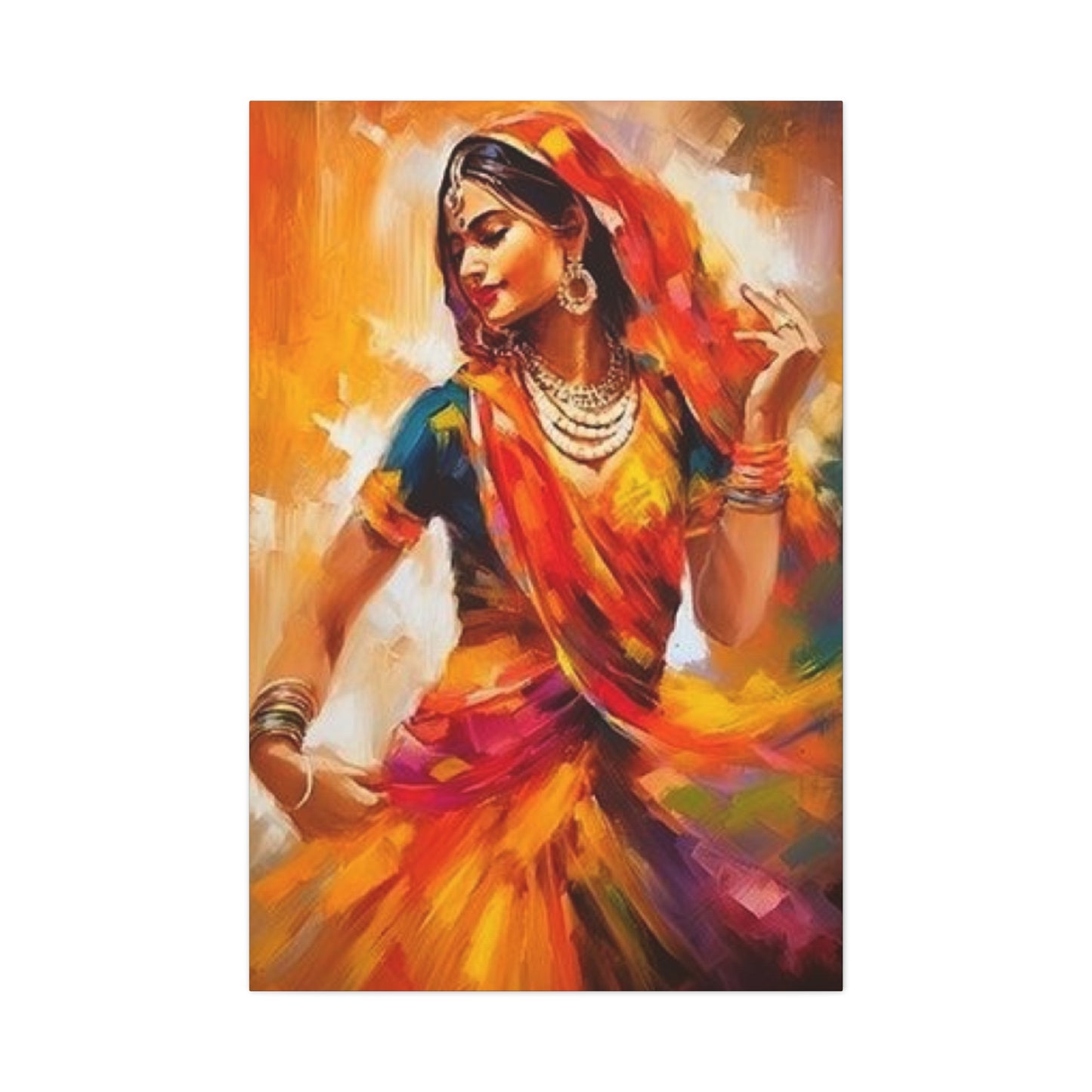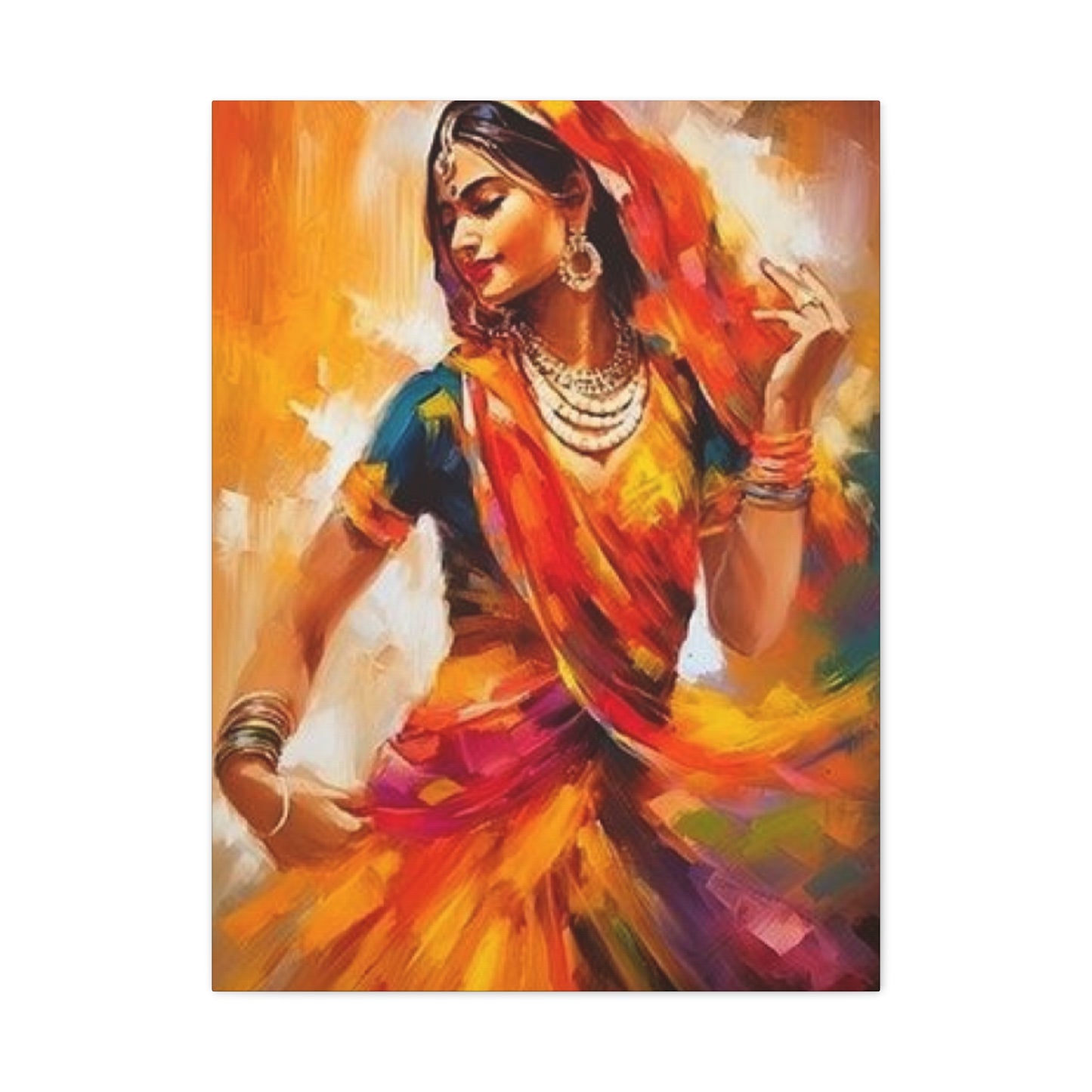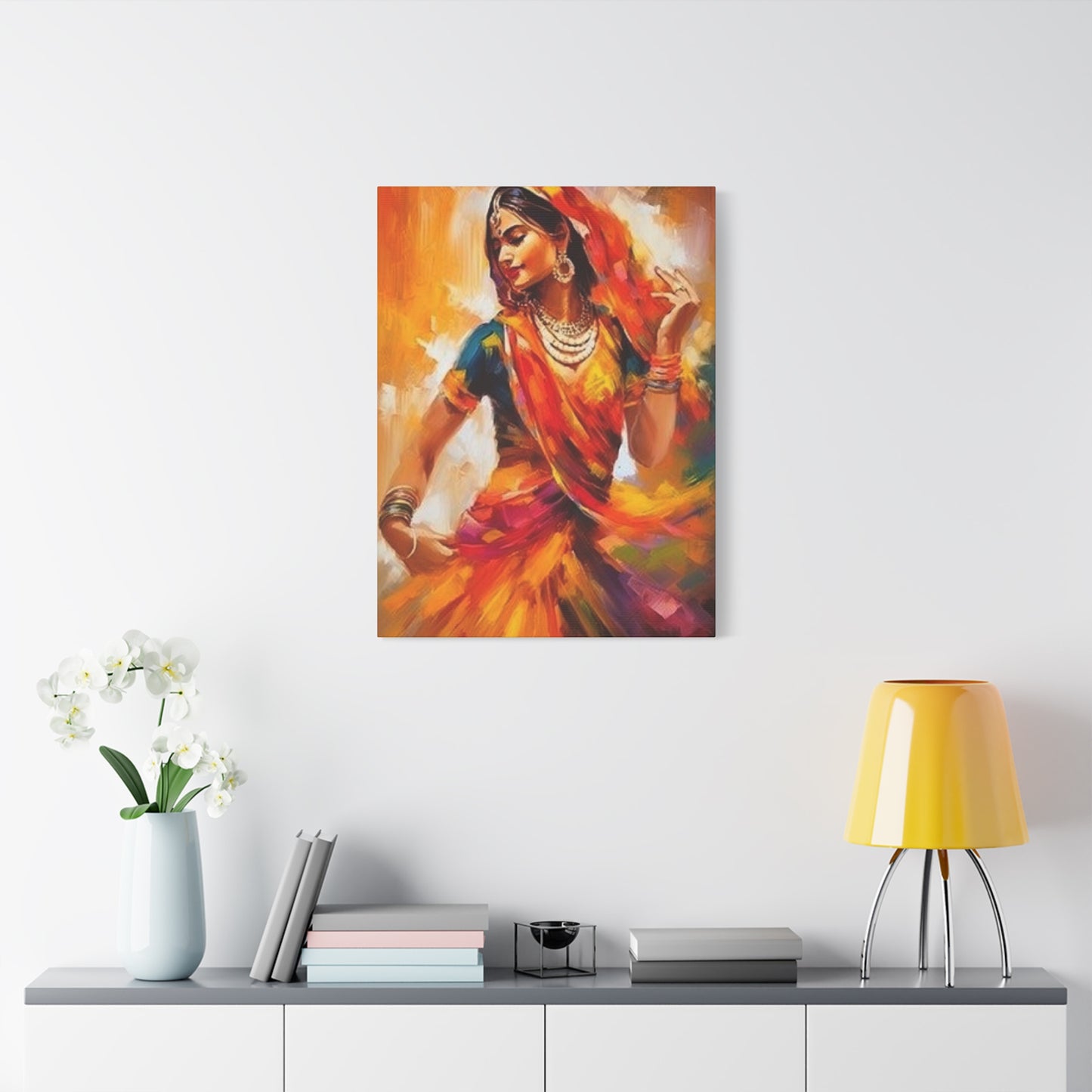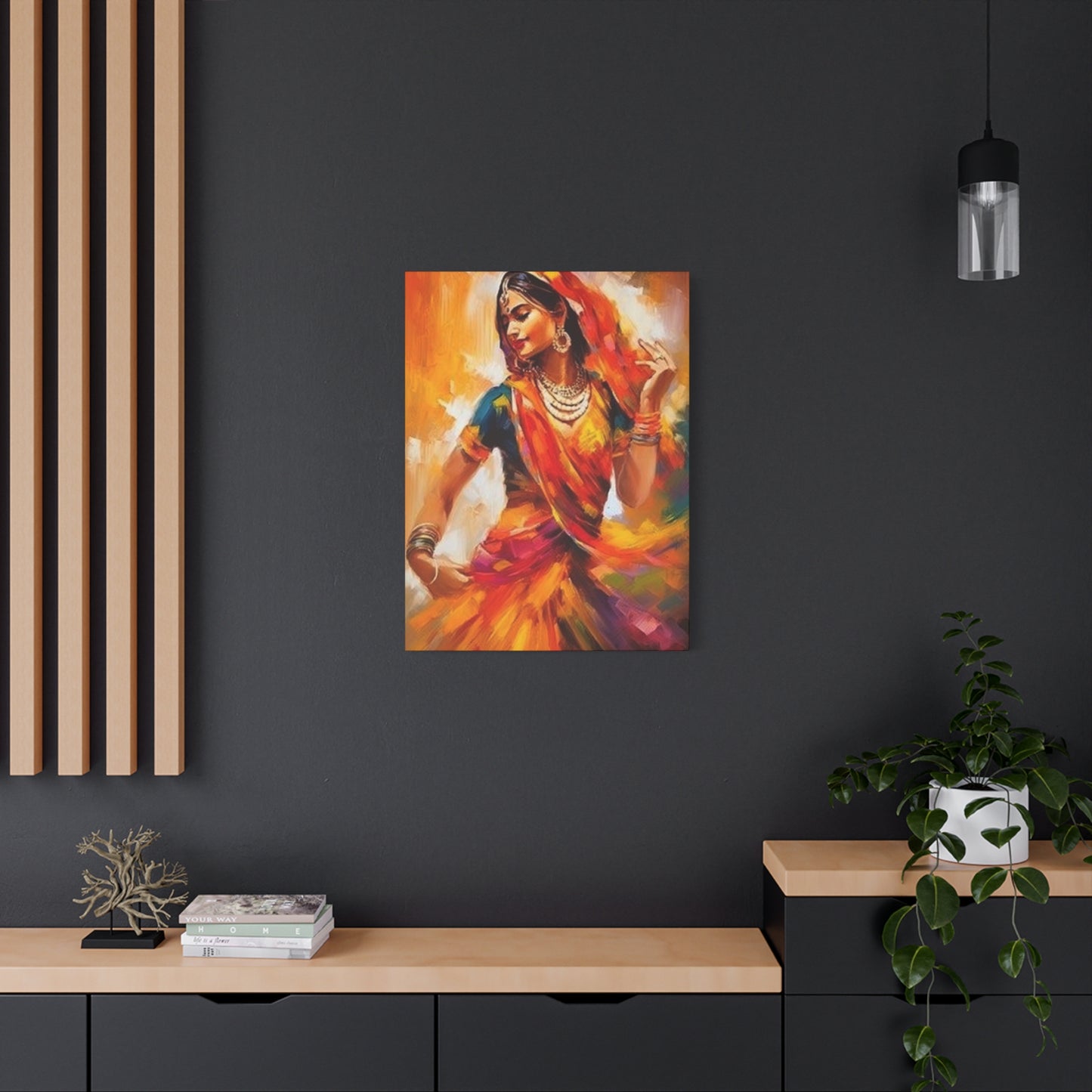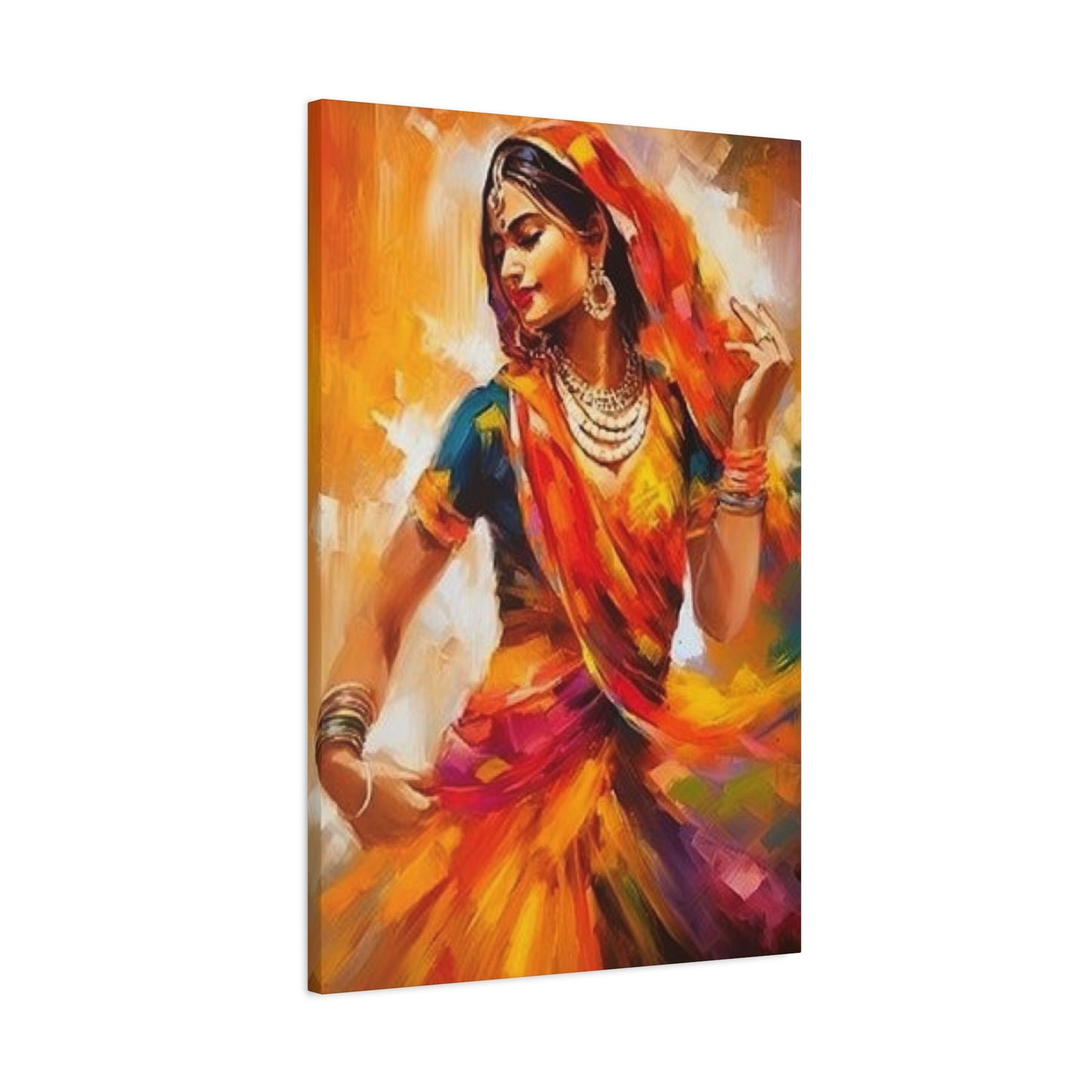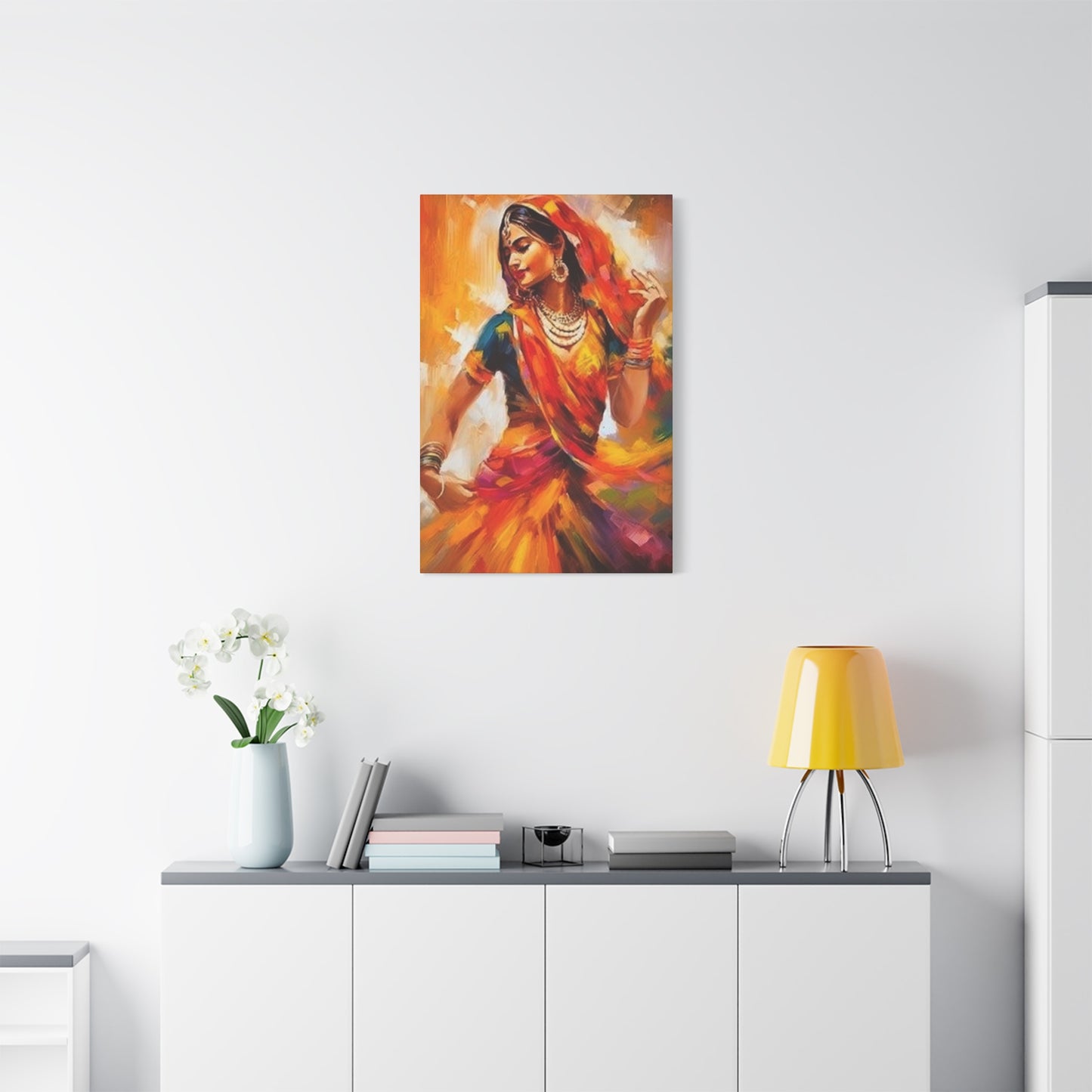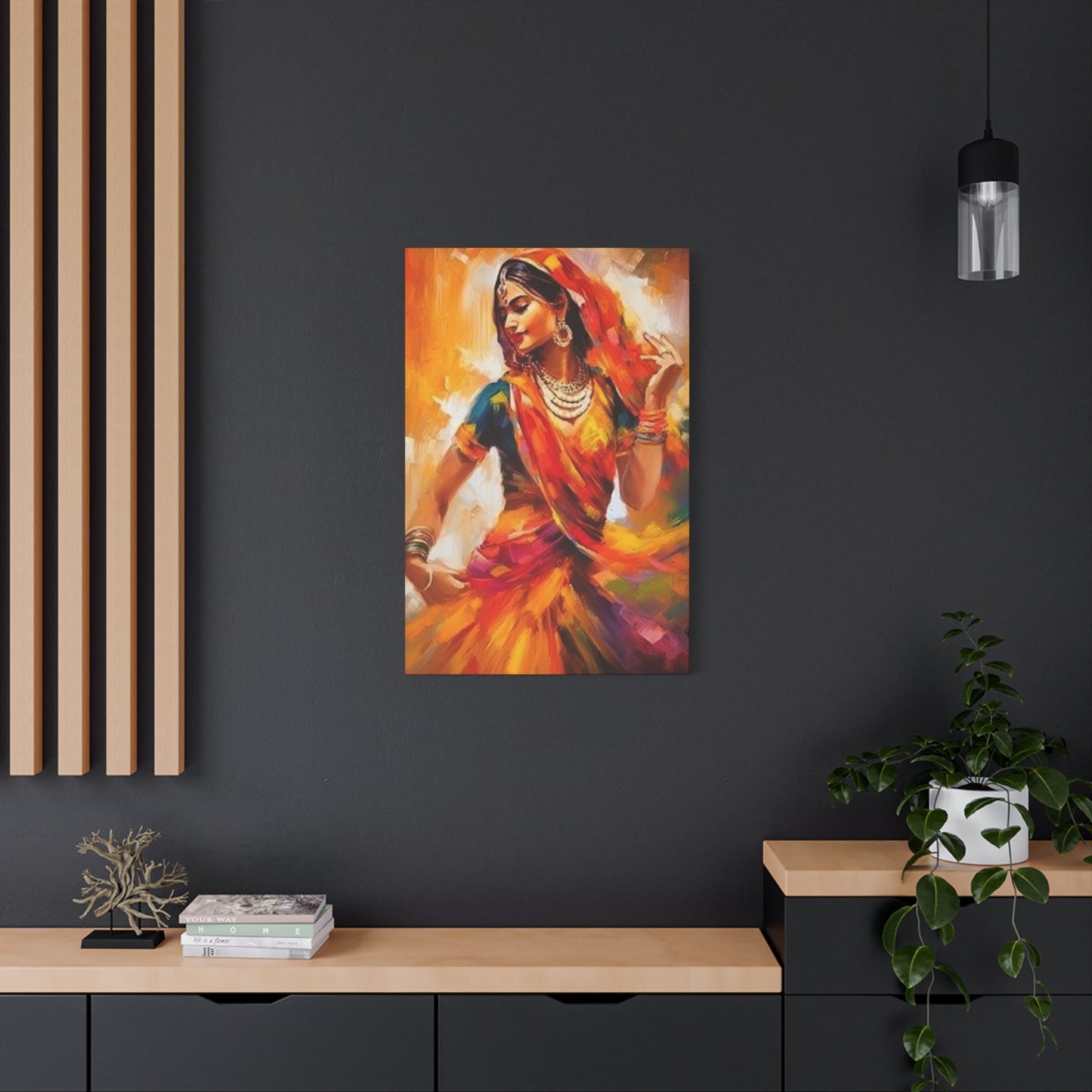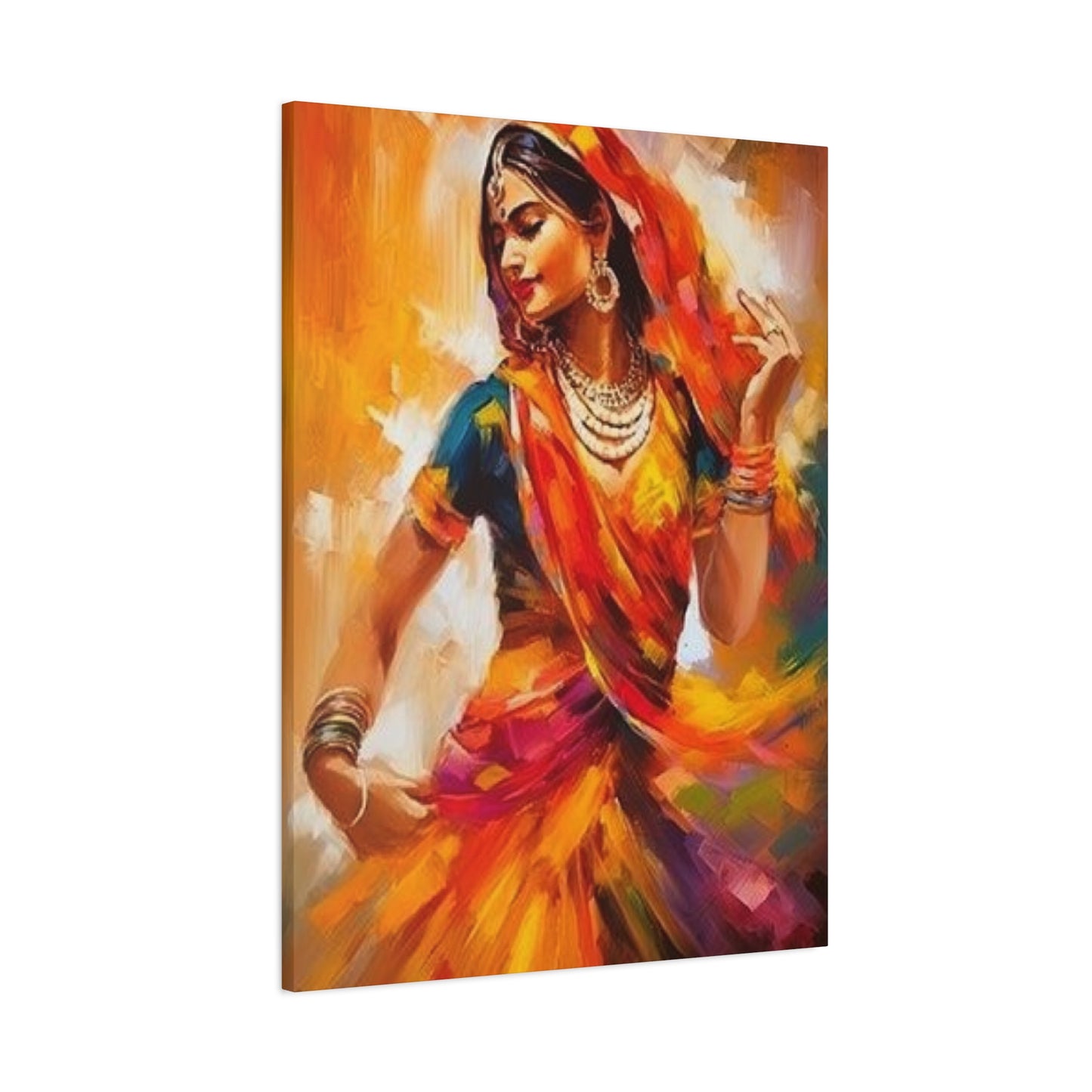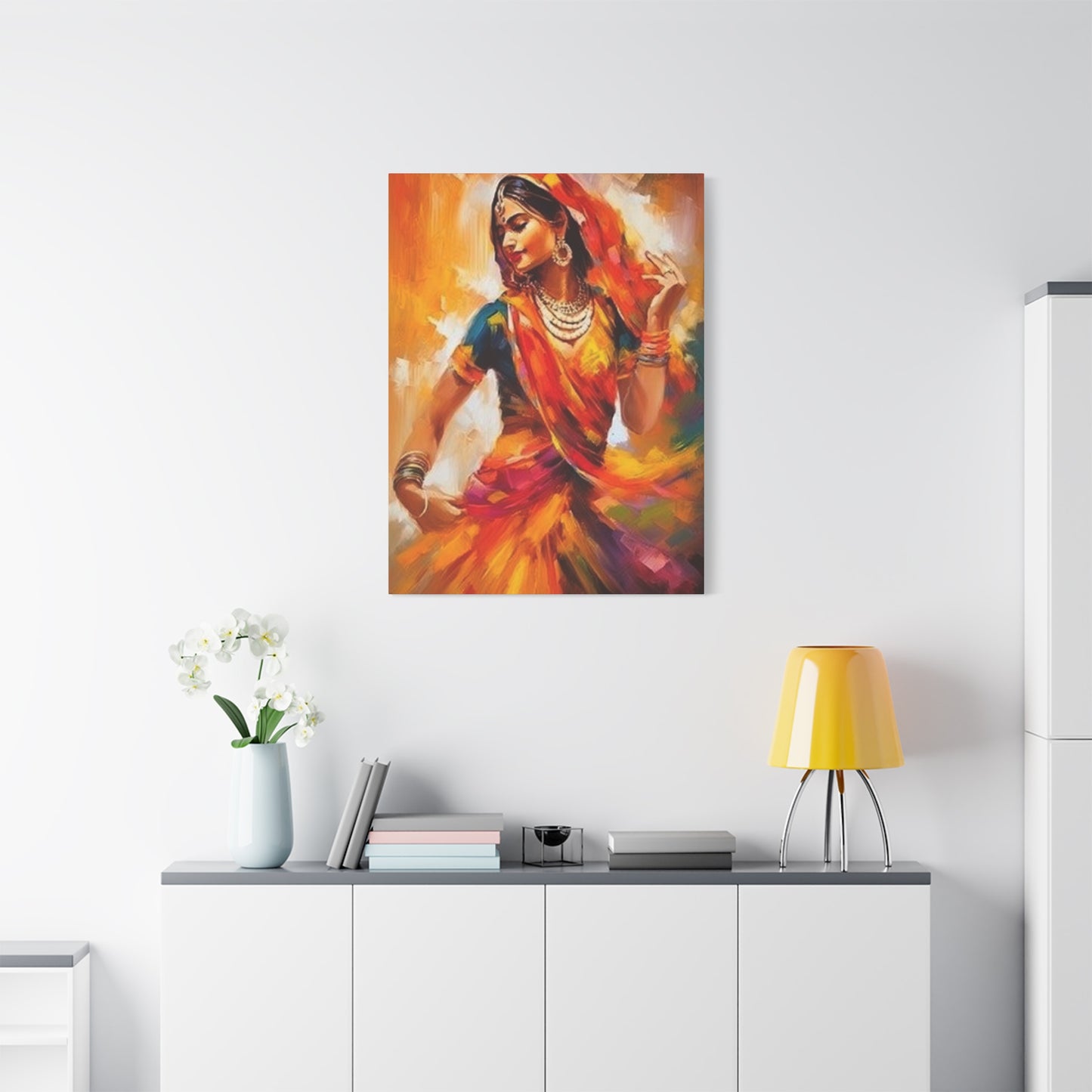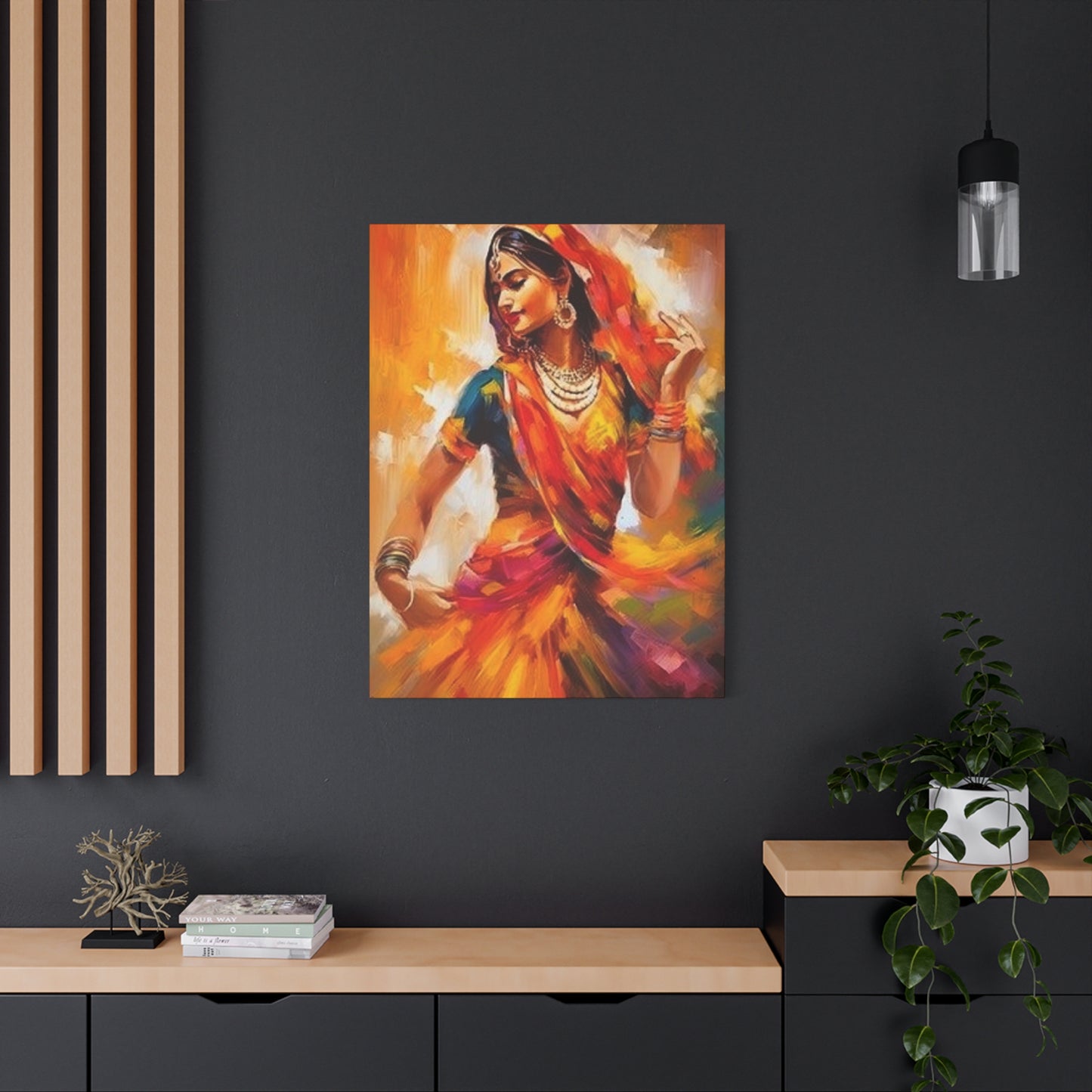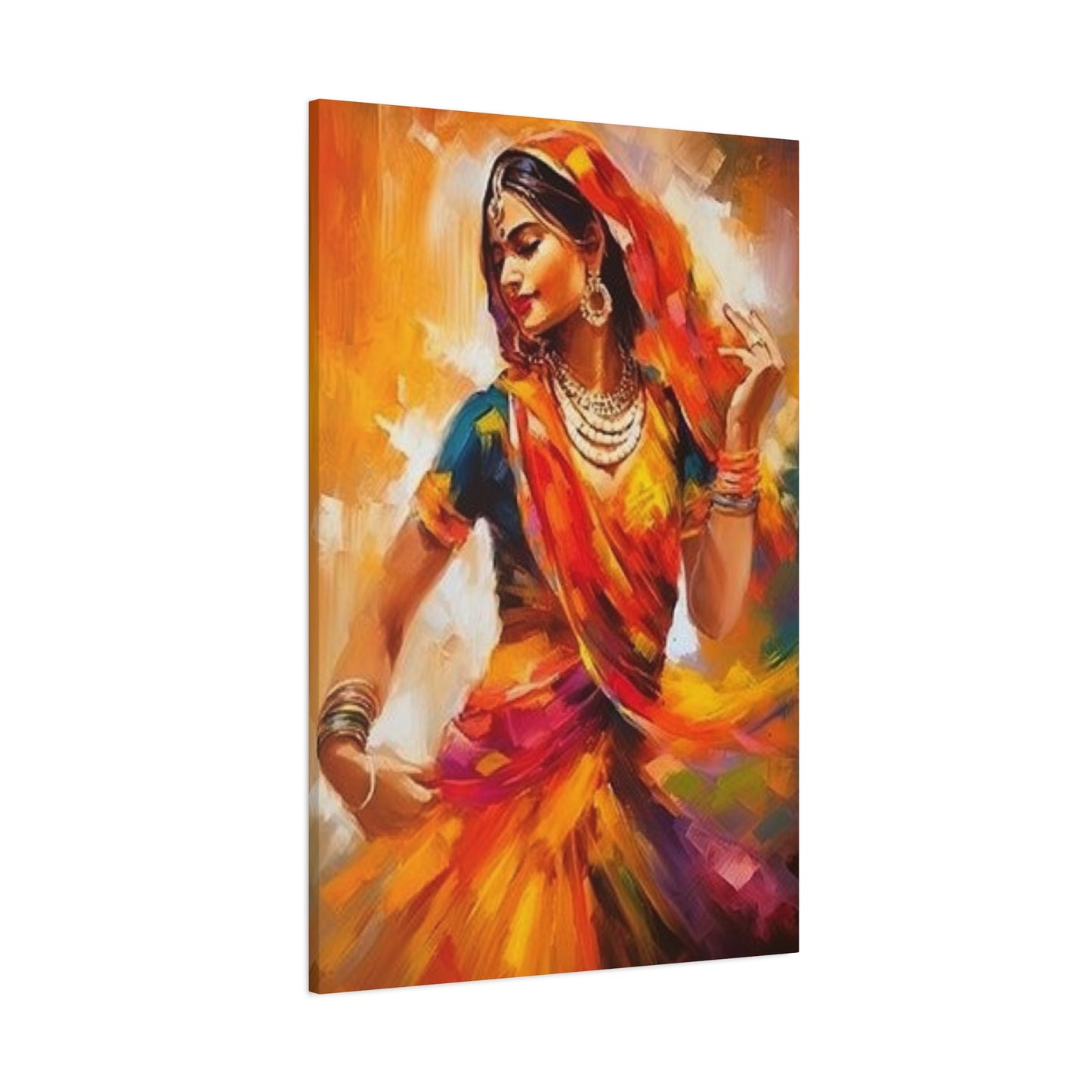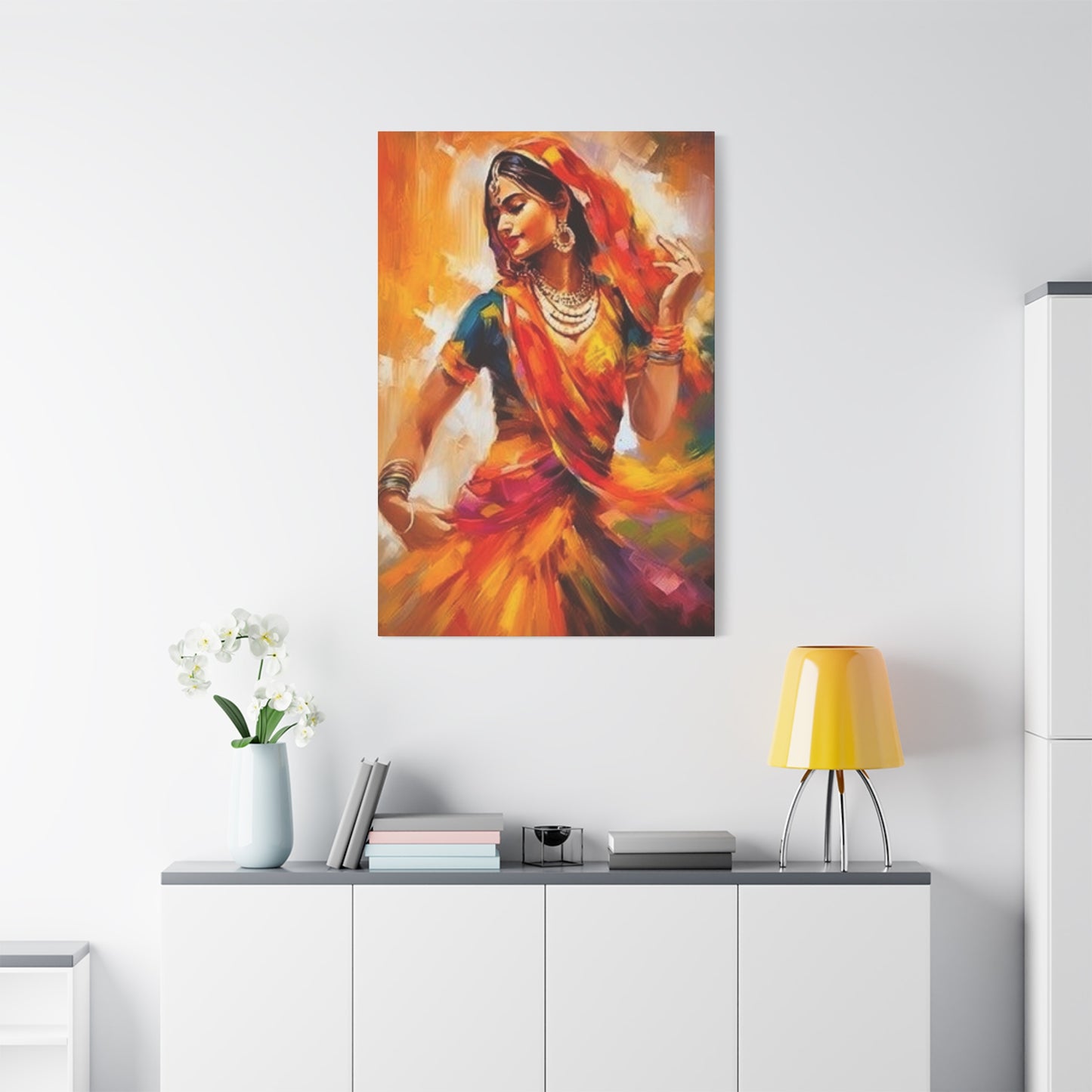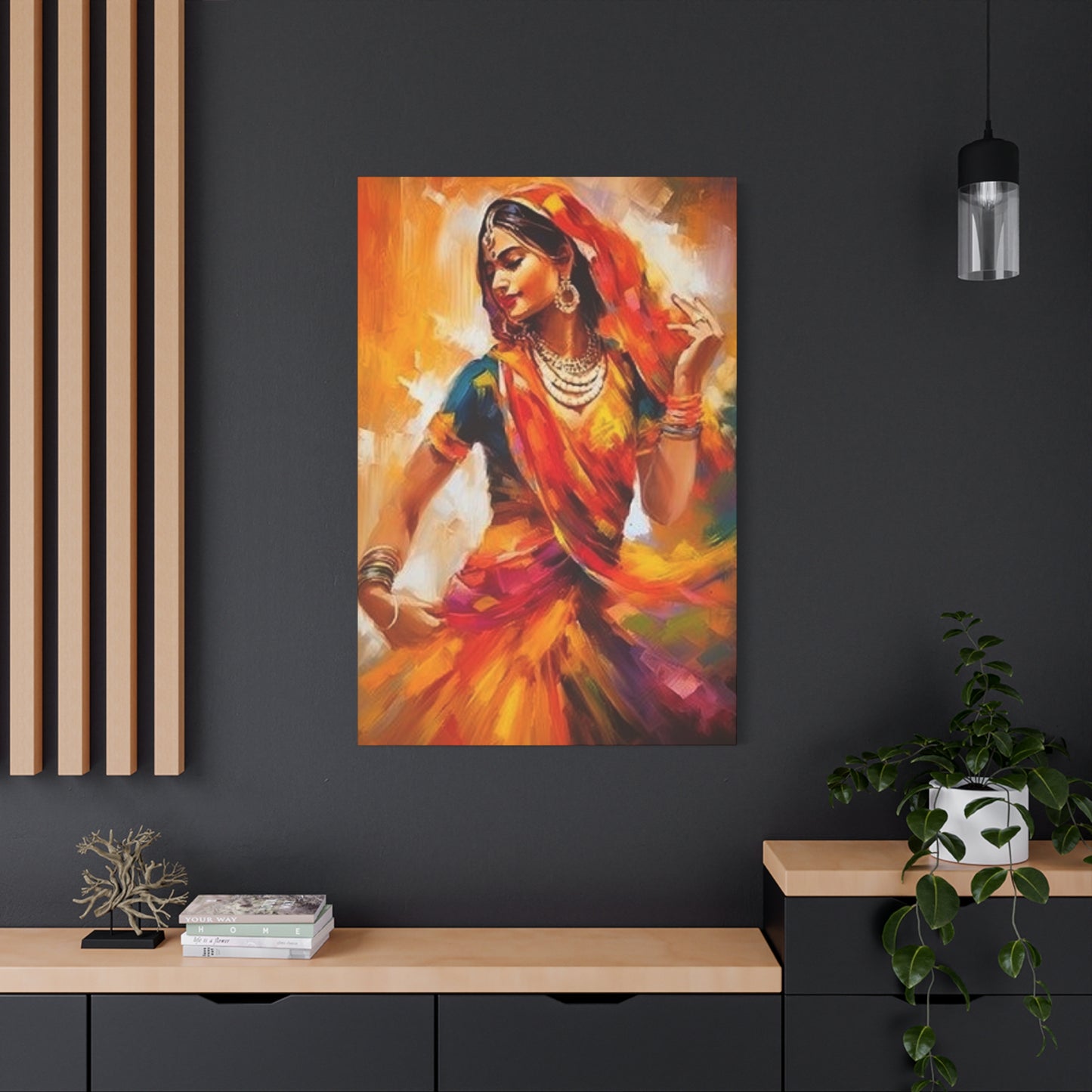Captivating Indian Women Candid Wall Art: A Journey Through Authentic Feminine Expression
The artistic representation of Indian women through candid wall art has emerged as one of the most compelling and emotionally resonant forms of contemporary visual expression. These authentic portrayals capture the essence of feminine grace, strength, and cultural richness that defines the diverse landscape of Indian womanhood. Through the lens of candid artistry, we discover not just visual beauty, but profound stories that speak to the universal human experience while celebrating the unique cultural heritage of the Indian subcontinent.
Candid wall art featuring Indian women transcends traditional portraiture by capturing unguarded moments that reveal genuine emotion, natural beauty, and authentic cultural expression. These artistic pieces serve as windows into the daily lives, traditions, and inner worlds of women across different regions of India, each telling a story that resonates with viewers on both aesthetic and emotional levels. The growing popularity of such artwork reflects a broader cultural shift toward appreciating authenticity and celebrating diverse representations of femininity in contemporary art spaces.
Graceful Indian Women Candid Wall Art
The concept of grace in Indian women candid wall art encompasses far more than physical elegance or posed beauty. True grace emerges from the natural poise that Indian women carry in their everyday interactions, whether they are engaged in daily rituals, participating in cultural celebrations, or simply existing in their natural environments. Artists who specialize in capturing these graceful moments understand that authentic grace cannot be manufactured or directed; it must be observed and preserved in its organic state.
Contemporary artists working in this medium often spend considerable time observing their subjects, waiting for those fleeting moments when natural grace manifests itself. These might include the gentle curve of a hand while preparing traditional meals, the serene expression during morning prayers, or the confident stride of a woman navigating busy marketplace streets. The resulting artwork captures not just physical grace, but the spiritual and emotional grace that comes from living authentically within one's cultural context.
The technical aspects of creating graceful Indian women candid wall art require a deep understanding of composition, lighting, and timing. Artists must possess the ability to recognize and capture grace in motion, often working with natural lighting conditions that enhance the subject's inherent beauty. The use of soft shadows, natural color palettes, and careful attention to detail helps preserve the authenticity of graceful moments while creating visually striking pieces suitable for modern interior spaces.
Grace in Indian women's candid art also reflects the cultural values and traditions that have shaped feminine expression across generations. The artwork often captures the subtle ways in which grace is passed down from mothers to daughters, grandmother to granddaughter, through daily interactions and shared experiences. This intergenerational transfer of grace becomes part of the artistic narrative, creating deeper layers of meaning within each piece.
The commercial appeal of graceful Indian women candid wall art lies in its ability to bring serenity and elegance to any living space. These pieces work particularly well in bedrooms, meditation spaces, and living areas where the calming presence of graceful feminine energy can enhance the overall ambiance. The universal nature of grace ensures that these artworks appeal to diverse audiences while maintaining their cultural authenticity.
Everyday Beauty in Indian Women Art
The celebration of everyday beauty in Indian women art represents a revolutionary shift away from idealized or romanticized portrayals toward authentic representations of real women in their natural environments. This artistic movement recognizes that true beauty exists in the mundane moments of daily life, from the concentration visible on a woman's face as she applies traditional tilaka to the gentle smile shared during casual conversation with neighbors.
Artists focusing on everyday beauty often work within communities, becoming familiar faces who can capture subjects in their most natural states. This approach requires building trust and establishing relationships that allow for genuine candid moments to emerge. The resulting artwork showcases the inherent beauty that exists within ordinary activities such as cooking, cleaning, working, caring for children, and participating in community gatherings.
The technical challenges of capturing everyday beauty require artists to work quickly and efficiently, often using portable equipment and natural lighting to preserve the authenticity of spontaneous moments. Digital photography has revolutionized this field, allowing artists to capture multiple frames of fleeting expressions and gestures that can later be transformed into various artistic mediums including paintings, prints, and mixed media installations.
Everyday beauty in Indian women art also challenges conventional beauty standards by celebrating diverse body types, ages, and social circumstances. These artworks feature women from all walks of life, including laborers, students, mothers, entrepreneurs, and elderly women, each contributing their unique form of beauty to the collective narrative. This inclusive approach helps viewers recognize and appreciate the beauty that exists within their own everyday experiences.
The market demand for everyday beauty art has grown significantly as consumers seek authentic representations that reflect their own lived experiences rather than unattainable ideals. These pieces resonate particularly well in family homes, community spaces, and commercial establishments that serve diverse populations. The relatability factor makes these artworks conversation starters and sources of personal connection for viewers.
Candid Moments of Indian Women
The art of capturing candid moments of Indian women requires a unique combination of technical skill, cultural sensitivity, and intuitive timing. These unposed, spontaneous captures reveal the authentic personalities and emotions of subjects who are unaware of being observed or have forgotten about the artist's presence. The resulting artwork possesses an immediacy and honesty that posed photography or traditional portraiture cannot achieve.
Successful candid moment photography often occurs during cultural festivals, religious ceremonies, family gatherings, and daily community activities where women are naturally engaged and emotionally present. Artists working in this style must develop the ability to blend into environments while remaining ready to capture split-second expressions, gestures, and interactions that reveal character and emotion.
The emotional impact of candid moments stems from their universal relatability combined with culturally specific details. A candid shot of a mother adjusting her child's clothing before a festival, or women sharing laughter during a cooking session, speaks to universal experiences of motherhood and friendship while showcasing distinctly Indian cultural practices and aesthetics.
Technical considerations for candid moment art include understanding natural lighting conditions, working with fast shutter speeds to capture movement, and developing post-processing skills that enhance the emotional content without losing the authentic quality of the original moment. Many artists working in this field prefer minimal editing to preserve the raw honesty of their captures.
The storytelling aspect of candid moments creates opportunities for series work, where multiple related images tell broader narratives about women's lives, relationships, and cultural experiences. These series can explore themes such as the progression of religious festivals, the daily routines of working women, or the intergenerational relationships within families.
Candid moments of Indian women art appeals to collectors and interior designers who value authenticity and emotional connection in their art selections. These pieces work well in both residential and commercial spaces, particularly those that aim to create warm, welcoming atmospheres that celebrate human connection and cultural diversity.
Modern Indian Women in Wall Art
The representation of modern Indian women in wall art reflects the complex realities of contemporary Indian society, where traditional values intersect with global influences and changing social dynamics. These artistic works capture women who navigate multiple identities as professionals, mothers, students, entrepreneurs, and cultural ambassadors, often simultaneously embodying tradition and modernity.
Modern Indian women wall art often features subjects in contemporary settings such as urban offices, modern homes, educational institutions, and technology centers, while still maintaining connections to cultural traditions through clothing choices, jewelry, religious practices, or family relationships. This duality creates rich visual narratives that speak to the experiences of millions of Indian women living in rapidly changing social environments.
Artists working in this genre must possess deep understanding of contemporary Indian society and the various ways that modernity manifests in women's lives. The artwork might capture a software engineer wearing traditional earrings, a student participating in online classes while sitting in a traditionally decorated room, or a businesswoman conducting virtual meetings while wearing a contemporary adaptation of traditional dress.
The technical aspects of creating modern Indian women wall art often involve mixed media approaches that combine photography, digital art, and traditional painting techniques. This fusion of methods mirrors the fusion of traditional and contemporary elements in the subjects' own lives, creating visually complex pieces that reward careful examination and contemplation.
The commercial appeal of modern Indian women wall art lies in its relevance to contemporary audiences who see their own experiences reflected in these representations. Professional women, particularly those of Indian heritage, often connect strongly with artwork that validates their complex identities and celebrates their achievements while honoring their cultural backgrounds.
These artworks work particularly well in modern office spaces, contemporary homes, and cultural centers where the celebration of cultural evolution and women's achievements can inspire viewers and create positive associations with progress and diversity. The pieces often serve as conversation starters about the changing roles of women in Indian society and the broader global context.
Emotional Portraits of Indian Women
Emotional portraits of Indian women represent perhaps the most challenging and rewarding aspect of candid art creation, requiring artists to capture and convey the full spectrum of human feeling while respecting cultural sensitivities and individual privacy. These powerful works go beyond surface appearances to reveal the inner lives, hopes, fears, joys, and sorrows that define the human experience.
The creation of authentic emotional portraits requires artists to develop deep empathy and cultural understanding, often working within communities for extended periods to build trust and familiarity with potential subjects. The most successful emotional portraits emerge from genuine relationships between artist and subject, where mutual respect and understanding create safe spaces for emotional authenticity to flourish.
Technical mastery in emotional portrait creation involves understanding how facial expressions, body language, lighting, and composition work together to convey specific emotional states. Artists must develop the ability to recognize micro-expressions and subtle emotional cues that might be invisible to casual observers but are essential for creating portraits that truly capture inner life.
The cultural context of emotional expression in Indian society adds layers of complexity to this art form, as artists must understand how cultural norms influence the public display of emotion and work sensitively within these parameters. The resulting portraits often capture moments of private reflection, religious devotion, family interaction, or cultural celebration where emotional authenticity naturally emerges.
Emotional portraits of Indian women serve important social functions by humanizing subjects and creating empathy bridges between viewers and communities they might not otherwise encounter. These works can challenge stereotypes, promote understanding, and celebrate the universal nature of human emotion while honoring cultural specificity.
The market for emotional portrait art includes collectors who value psychological depth in their art collections, therapeutic environments where emotional connection can promote healing, and educational spaces where emotional portraits can facilitate discussions about human experience, cultural diversity, and social understanding.
Vibrant Indian Women Art Pieces
Vibrant Indian women art pieces celebrate the rich color traditions of Indian culture while capturing the energy and vitality of contemporary Indian women. These works often feature bold color palettes inspired by traditional Indian textiles, festivals, architecture, and natural environments, creating visually striking pieces that bring energy and warmth to any space.
The vibrancy in these art pieces comes not only from color choices but also from the dynamic energy of the subjects themselves. Artists working in this style often capture women during festivals, celebrations, cultural performances, or moments of joy and laughter when natural vibrancy is at its peak. The resulting artwork radiates positive energy and cultural pride.
Technical approaches to creating vibrant Indian women art often involve digital enhancement techniques that can intensify colors while maintaining realistic skin tones and natural lighting effects. Some artists prefer traditional painting media that allow for bold color application and expressive brushwork, while others work with mixed media combinations that layer different color techniques for maximum visual impact.
The cultural significance of vibrant colors in Indian art traditions provides rich inspiration for contemporary artists working in this medium. Colors carry symbolic meanings related to religious traditions, seasonal celebrations, regional identities, and social customs, allowing artists to embed layers of cultural meaning within their vibrant color choices.
Commercial applications for vibrant Indian women art pieces include restaurants, cultural centers, retail spaces, and residential areas where bold, positive imagery can create welcoming atmospheres and celebrate cultural diversity. These pieces often serve as focal points in interior design schemes and can influence the mood and energy of entire spaces.
The appeal of vibrant art extends beyond Indian audiences to include anyone who appreciates bold, energetic artwork that celebrates life, culture, and feminine strength. The universal appeal of vibrant colors combined with the specific cultural richness of Indian traditions creates artwork that is both accessible and meaningful to diverse viewers.
Authentic Indian Women Captured in Art
Authenticity in Indian women art requires a deep commitment to truthful representation that goes beyond surface aesthetics to capture the genuine essence of individual subjects and their cultural contexts. Authentic artwork avoids stereotypes, idealizations, and external impositions in favor of honest portrayals that respect the dignity and complexity of each subject.
The pursuit of authenticity requires artists to work closely with communities, often spending significant time understanding local customs, building relationships, and earning the trust necessary for subjects to be comfortable being themselves in the artist's presence. This process cannot be rushed or artificially manufactured, as genuine authenticity emerges only from sincere cultural engagement and mutual respect.
Technical aspects of creating authentic art involve working with natural lighting, minimal posing direction, and candid shooting techniques that preserve spontaneous expressions and gestures. Post-processing approaches prioritize natural color correction and subtle enhancements that maintain the original mood and atmosphere of captured moments.
The cultural responsibility inherent in authentic representation requires artists to educate themselves about the communities they document, understand the potential impact of their work, and ensure that their artistic practice benefits rather than exploits their subjects. This might involve sharing profits, providing prints to subjects, or using artwork to promote positive social change.
Authentic Indian women art serves important documentary functions, preserving visual records of contemporary life that will become valuable historical documents for future generations. These works contribute to broader cultural narratives and help ensure that diverse experiences and perspectives are represented in the artistic record.
The market value of authentic art often exceeds that of more commercial or stereotypical representations, as collectors and institutions increasingly prioritize genuine cultural representation over generic imagery. Authentic pieces carry greater emotional weight and social significance, making them valuable additions to both private collections and public institutions.
Indian Women Expressions in Candid Art
The study and artistic representation of Indian women's expressions in candid art reveals the rich emotional vocabulary that develops within specific cultural contexts while highlighting the universal nature of human expression. These works capture the subtle variations in facial expressions, gestures, and body language that communicate complex emotions and social relationships.
Successful expression-focused art requires artists to develop deep observational skills and cultural literacy that allows them to recognize and interpret the nuanced ways that Indian women communicate emotion within their social contexts. This might include understanding how religious devotion is expressed differently across regions, how family relationships influence emotional expression, or how social hierarchies affect public versus private emotional display.
The technical challenges of capturing authentic expression include working with available light conditions, using telephoto lenses to maintain distance while capturing intimate moments, and developing editing techniques that enhance emotional content without distorting natural facial features or skin tones.
Cultural sensitivity in expression documentation requires understanding when emotional moments are private versus public, obtaining appropriate permissions when necessary, and ensuring that artistic documentation does not intrude upon personal or sacred experiences. Artists must balance their documentary goals with respect for individual privacy and cultural boundaries.
The educational value of expression-focused art extends beyond aesthetic appreciation to include cultural learning opportunities for viewers who may be unfamiliar with Indian emotional expression traditions. These works can serve as bridges between cultures, promoting understanding and empathy through visual communication.
Commercial applications for expression-focused art include therapeutic environments where emotional art can promote healing and connection, educational institutions where cultural expression art can facilitate learning, and residential spaces where emotional artwork can create personal connections and meaningful atmospheres.
Minimalist Indian Women Wall Art
Minimalist approaches to Indian women wall art create powerful visual statements through the careful elimination of extraneous elements while preserving essential cultural and emotional content. This artistic philosophy requires deep understanding of what elements are truly necessary to convey the intended message and the confidence to remove everything else.
The creation of minimalist Indian women art often begins with richly detailed source material that is then refined through artistic processes that emphasize line, form, shadow, and negative space over color, texture, and decorative elements. The resulting works possess a timeless quality that focuses viewer attention on essential human qualities rather than temporary fashion or environmental details.
Technical approaches to minimalist art might include high-contrast black and white photography, simple line drawings, or reduced color palettes that emphasize form over detail. Digital art techniques allow for precise control over which elements to preserve and which to eliminate, enabling artists to create refined minimalist works from complex original images.
The cultural challenge in minimalist Indian women art lies in determining which cultural elements are essential for maintaining authentic representation while achieving minimalist aesthetic goals. Artists must understand which visual cues are necessary for cultural recognition and which can be eliminated without losing meaning or respect.
The commercial appeal of minimalist art lies in its versatility and timeless aesthetic that works well in contemporary interior design schemes. Minimalist Indian women art can complement modern furniture and architecture while adding cultural richness and human warmth to potentially sterile environments.
The philosophical aspects of minimalism align well with certain Indian cultural traditions that emphasize essential truth over superficial decoration, creating opportunities for artwork that is both culturally authentic and aesthetically contemporary. These pieces often appeal to viewers who appreciate both Indian culture and modern design sensibilities.
Cultural Diversity of Indian Women in Art
The representation of cultural diversity among Indian women in art requires deep understanding of the complex regional, linguistic, religious, and social variations that exist within the Indian subcontinent. This artistic genre celebrates the rich tapestry of traditions, customs, and identities that define different communities while recognizing shared experiences that unite Indian women across these differences.
Artists working in cultural diversity documentation must educate themselves about various Indian cultural traditions, including regional dress styles, religious practices, social customs, and linguistic differences. This knowledge enables them to create respectful and accurate representations that celebrate diversity rather than homogenizing different cultural experiences.
Technical considerations for cultural diversity art include understanding how different lighting conditions affect various skin tones, how traditional clothing and jewelry photograph under different conditions, and how architectural and environmental backgrounds can provide cultural context without overwhelming the human subjects.
The social importance of cultural diversity art extends beyond aesthetic appreciation to include representation and validation for communities that may be underrepresented in mainstream media and art. These works can serve as sources of pride for community members while educating broader audiences about the rich diversity within Indian society.
Commercial applications for cultural diversity art include cultural centers, museums, educational institutions, and businesses that serve diverse populations. These works can create inclusive environments that welcome and celebrate different cultural backgrounds while promoting understanding and appreciation for diversity.
The documentation aspect of cultural diversity art serves important historical and anthropological functions, preserving visual records of traditional practices, clothing styles, and social customs that may evolve or disappear over time. These works contribute to the broader cultural record and help ensure that diverse traditions are preserved for future generations.
Light and Shadow in Indian Women Portraits
The masterful use of light and shadow in Indian women portraits creates dramatic visual effects while revealing character, emotion, and cultural context through careful manipulation of natural and artificial lighting conditions. This technical and artistic skill requires deep understanding of how light interacts with different skin tones, traditional clothing materials, and architectural environments common in Indian settings.
Natural light sources prevalent in Indian environments, including intense sunlight, filtered courtyard light, and warm golden hour illumination, provide unique opportunities for creating striking portrait photography and artwork. Artists working in this medium must understand how these specific lighting conditions affect color temperature, contrast, and emotional mood in their final pieces.
The cultural significance of light and shadow in Indian artistic traditions provides rich contextual material for contemporary artists. Traditional concepts such as the interplay between light and darkness in spiritual contexts, the symbolic meaning of illumination in religious practices, and the aesthetic use of architectural elements to control light all influence modern artistic approaches.
Technical mastery of light and shadow work requires understanding exposure control, contrast management, and post-processing techniques that enhance dramatic lighting effects while maintaining natural skin tones and authentic color representation. Many artists working in this style prefer to work during specific times of day when natural lighting conditions are optimal for their artistic goals.
The emotional impact of well-executed light and shadow work can transform simple portraits into powerful artistic statements that convey mood, personality, and cultural context through visual means. These techniques can suggest mystery, reveal character, emphasize beauty, or create contemplative atmospheres that engage viewers on multiple levels.
Commercial applications for light and shadow focused artwork include spaces where dramatic visual impact is desired, such as galleries, upscale residential environments, and commercial spaces that want to create sophisticated atmospheres. These pieces often serve as conversation focal points and can influence the overall mood and aesthetic of interior spaces.
Intimate Moments of Indian Women
The capture and artistic representation of intimate moments of Indian women requires exceptional cultural sensitivity, ethical awareness, and technical skill to create meaningful artwork that respects personal boundaries while revealing authentic human experiences. These works explore the private, contemplative, and personal aspects of women's lives that are rarely visible in public contexts.
Intimate moment photography and art often focus on quiet activities such as personal grooming, prayer, reading, reflection, or family interactions that reveal character and personality in ways that public photography cannot achieve. Artists working in this sensitive area must build deep trust with subjects and communities while maintaining ethical standards that protect privacy and dignity.
The cultural context of intimacy varies significantly across different Indian communities, requiring artists to understand local customs regarding privacy, appropriate documentation, and the boundaries between public and private experience. This knowledge is essential for creating respectful artwork that celebrates intimacy without violating cultural norms or personal boundaries.
Technical approaches to intimate moment art often involve available light photography, minimal equipment, and unobtrusive techniques that allow natural behaviors and expressions to emerge without the disruptive presence of elaborate artistic setups. The resulting artwork often possesses a quiet, contemplative quality that invites viewer reflection and emotional connection.
The therapeutic value of intimate moment art lies in its ability to validate and celebrate the quiet, personal aspects of women's lives that are often overlooked or undervalued in public discourse. These works can promote self-acceptance, encourage personal reflection, and create empathy connections between viewers and subjects.
Commercial considerations for intimate moment art require careful curation and appropriate placement in spaces where contemplative, personal artwork is welcomed and appreciated. These pieces work particularly well in private residential spaces, therapeutic environments, and cultural institutions that prioritize emotional and psychological impact over decorative function.
Decorating with Indian Women Candid Art
The integration of Indian women candid art into interior design requires understanding how these powerful human-centered pieces can enhance living and working spaces while respecting the dignity and cultural significance of the subjects depicted. Successful decoration with candid art goes beyond mere aesthetic placement to create meaningful environments that celebrate human connection and cultural appreciation.
Room selection for Indian women candid art should consider the emotional tone and privacy level of different spaces. Living areas, family rooms, and cultural spaces often provide ideal settings for candid art that can facilitate conversation and create welcoming atmospheres, while more intimate pieces might work better in private spaces such as bedrooms or personal offices.
Color coordination between candid art and interior design requires understanding the natural color palettes present in Indian cultural contexts, including traditional clothing colors, architectural elements, and environmental backgrounds. These natural color relationships can guide interior design choices that complement rather than compete with the artwork.
Lighting considerations for displaying candid art involve understanding how different lighting conditions affect the emotional impact and visual clarity of photographic and painted pieces. Natural lighting often enhances the authentic quality of candid art, while artificial lighting should be carefully selected to preserve color accuracy and emotional mood.
The scale and placement of candid art pieces within rooms requires balancing visual impact with appropriateness to the space and respect for the subjects depicted. Large-format pieces can serve as focal points and conversation starters, while smaller pieces might work better in intimate groupings that encourage closer examination and personal connection.
Cultural sensitivity in decorating with Indian women candid art includes understanding the social and religious contexts depicted in artwork and ensuring that placement and presentation remain respectful to the subjects and their cultural backgrounds. This might involve researching the cultural significance of specific practices, clothing, or religious elements visible in artwork.
Stories Behind Indian Women Portraits
Every authentic Indian women portrait contains multiple layers of story that extend far beyond the visible elements captured in the final artwork. These narratives include the personal histories of individual subjects, the cultural contexts that shape their experiences, the artistic processes that brought their images to life, and the social circumstances that make their stories relevant to contemporary audiences.
The personal stories embedded within portrait art often reflect universal human experiences such as love, loss, hope, struggle, and triumph, while being expressed through specifically Indian cultural contexts and traditions. Understanding these personal narratives can deepen viewer appreciation and create emotional connections that transform casual observation into meaningful engagement with human experience.
Cultural storytelling through portrait art requires artists to research and understand the broader social, historical, and religious contexts that influence their subjects' lives. This might include understanding how regional traditions affect daily routines, how historical events have influenced contemporary social structures, or how religious practices provide meaning and community for portrait subjects.
The artistic story behind each portrait includes the technical and creative decisions that shaped the final artwork, from initial concept development through subject selection, shooting or creation processes, and post-production refinement. These behind-the-scenes narratives can provide valuable insights into artistic practice and cultural documentation approaches.
Social impact stories explore how individual portraits contribute to broader conversations about Indian women's experiences, cultural representation, and social change. Many portrait artists work with specific social goals in mind, such as challenging stereotypes, promoting cultural understanding, or providing representation for underrepresented communities.
Commercial storytelling applications include creating accompanying materials for art sales, museum exhibitions, or educational programs that help viewers understand and appreciate the full narrative richness present within individual portrait pieces. These stories can significantly enhance the value and impact of portrait artwork.
Dynamic Candid Art of Indian Women
Dynamic candid art captures Indian women in motion, celebrating the energy, vitality, and active engagement that characterizes contemporary Indian women's lives. This challenging artistic genre requires technical skills for capturing movement combined with cultural understanding of the various contexts in which Indian women express dynamic energy and active participation.
Movement-based photography and art often focuses on cultural celebrations, dance performances, sports activities, work environments, and social interactions where natural energy and motion create compelling visual narratives. Artists working in this style must develop technical abilities to freeze meaningful moments within continuous action while preserving the sense of movement and energy.
The cultural significance of movement and dance in Indian traditions provides rich contextual material for dynamic art creation. Understanding classical and folk dance traditions, festival celebrations, and the cultural meanings associated with different types of movement can inform artistic choices and enhance the cultural authenticity of dynamic artwork.
Technical considerations for dynamic art include fast shutter speeds, predictive focusing, and composition techniques that convey movement even in still images. Many artists working in this genre prefer burst-mode photography that captures multiple frames of continuous action, allowing for selection of the most compelling moments within longer sequences.
The emotional impact of dynamic art often relates to feelings of freedom, joy, celebration, and active engagement with life that resonate with viewers who appreciate energetic, life-affirming imagery. These pieces can create uplifting atmospheres in residential and commercial spaces while celebrating the active, engaged nature of contemporary Indian women.
Commercial applications for dynamic art include fitness centers, dance studios, cultural centers, and businesses that want to project energy, activity, and cultural vibrancy. These pieces work particularly well in spaces where movement and activity are encouraged or where celebration of cultural diversity is desired.
Black and White Indian Women Art
Black and white artistic representations of Indian women create timeless, classic pieces that emphasize form, expression, and emotional content over color and decorative elements. This monochromatic approach can reveal character and cultural elements that might be overshadowed by color in full-color representations, while creating sophisticated artwork suitable for various interior design contexts.
The technical advantages of black and white photography and art include enhanced control over contrast, dramatic lighting effects, and the ability to emphasize texture and form without color distractions. These technical elements can create powerful portrait and candid art that focuses viewer attention on essential human qualities and cultural elements.
Cultural considerations in black and white Indian women art include understanding how the removal of color affects the representation of traditional clothing, religious symbols, and cultural practices that often rely on color for meaning and recognition. Artists must ensure that essential cultural elements remain visible and meaningful in monochromatic presentations.
The historical associations of black and white photography with documentary traditions and fine art can lend gravitas and artistic legitimacy to contemporary Indian women art. These associations can help position contemporary work within broader artistic traditions while creating pieces that feel both contemporary and timeless.
Emotional impact in black and white art often relates to feelings of elegance, sophistication, and timeless beauty that appeal to viewers who prefer classic aesthetic approaches. The removal of color can create more contemplative viewing experiences that encourage deeper emotional engagement with subject matter.
Commercial applications for black and white Indian women art include sophisticated residential environments, professional office spaces, and cultural institutions where classic aesthetic approaches are preferred. These pieces often work well in minimalist interior design schemes and can complement both traditional and contemporary architectural styles.
Colorful Indian Women Wall Art
Colorful representations of Indian women in wall art celebrate the rich chromatic traditions of Indian culture while creating vibrant, energetic pieces that can transform interior spaces and create positive, welcoming atmospheres. This approach to artistic representation requires understanding traditional Indian color symbolism combined with contemporary color theory and interior design principles.
The cultural significance of color in Indian traditions provides extensive inspiration for colorful art creation. Different colors carry religious, seasonal, regional, and social meanings that can be incorporated into artwork to create pieces with authentic cultural depth and symbolic richness. Understanding these color associations enables artists to create meaningful as well as visually appealing works.
Technical approaches to colorful art creation might include digital color enhancement, traditional painting techniques that emphasize bold color application, or mixed media approaches that layer different color mediums for maximum visual impact. The goal is often to create pieces that radiate energy and warmth while maintaining realistic and respectful representation of human subjects.
The psychological effects of colorful art include mood enhancement, energy creation, and positive emotional associations that can improve the atmosphere of residential and commercial spaces. Colorful Indian women art can serve therapeutic functions by providing visual stimulation and cultural connection for viewers who respond positively to vibrant aesthetic environments.
Interior design applications for colorful art require understanding how bold artwork can serve as focal points, influence color schemes throughout spaces, and create cohesive design narratives that celebrate cultural diversity and artistic expression. These pieces often work best when given prominent placement and appropriate lighting that enhances color saturation and visual impact.
Commercial considerations for colorful art include understanding market preferences for vibrant artwork, pricing strategies that reflect the artistic and cultural value of colorful pieces, and marketing approaches that emphasize the positive emotional and aesthetic benefits of incorporating colorful Indian women art into various environments.
Indian Women in Daily Life Art
The artistic documentation of Indian women in their daily life activities provides authentic insights into contemporary Indian society while celebrating the dignity and importance of everyday experiences that are often overlooked in more formal artistic representations. This genre requires patience, cultural sensitivity, and technical skill to capture meaningful moments within routine activities.
Daily life art often focuses on activities such as cooking, childcare, household management, work responsibilities, community interactions, and personal care routines that reveal character, cultural practices, and social relationships. These subjects provide rich material for artwork that connects with viewers through shared human experiences while showcasing cultural specificity.
The observational skills required for daily life art include understanding routine patterns, recognizing meaningful moments within ordinary activities, and developing the ability to capture authentic expressions and gestures that reveal personality and cultural context. Artists must often spend extended time within communities to gain access to genuine daily life moments.
Cultural authenticity in daily life art requires respecting the privacy and dignity of subjects while accurately representing cultural practices, social relationships, and environmental contexts. This balance between documentation and respect requires ongoing cultural education and ethical consideration throughout the artistic process.
The social value of daily life art lies in its ability to validate and celebrate experiences that are often considered mundane or unworthy of artistic attention. These works can promote appreciation for domestic labor, family relationships, and community connections that form the foundation of social life but are rarely highlighted in mainstream media or art.
Commercial applications for daily life art include residential spaces where relatable artwork can create personal connections, community centers where representation of diverse experiences is valued, and cultural institutions where authentic documentation of contemporary life serves educational and historical preservation functions.
Strength and Femininity in Indian Women Art
The artistic exploration of strength and femininity in Indian women art challenges traditional Western dichotomies between strength and gentleness by celebrating the complex ways that Indian cultural traditions integrate these qualities within feminine identity. This artistic approach reveals how cultural context shapes expressions of strength and femininity in ways that may differ from global stereotypes.
Cultural definitions of feminine strength in Indian contexts often include spiritual strength, family leadership, economic contribution, community involvement, and the preservation of cultural traditions across generations. Artists working in this area must understand how these different forms of strength manifest in daily life, relationships, and cultural practices.
Visual representations of strength and femininity might include images of women managing complex family situations, participating in religious leadership, engaging in physical labor, pursuing education or careers, or maintaining cultural traditions in changing social environments. The challenge lies in capturing these qualities authentically without imposing external definitions or expectations.
The technical aspects of representing strength and femininity require understanding body language, facial expressions, and environmental contexts that communicate different types of strength. Lighting, composition, and timing all contribute to creating images that convey both power and grace in culturally authentic ways.
The contemporary relevance of strength and femininity art relates to ongoing global conversations about women's roles, capabilities, and the artificial limitations imposed by traditional gender stereotypes. Indian women art can contribute unique perspectives to these conversations by showcasing alternative models of feminine strength and capability.
Commercial interest in strength and femininity art includes professional environments where powerful feminine imagery can inspire and motivate, educational institutions where diverse role models can influence students, and residential spaces where artwork can provide daily inspiration and cultural connection.
Contemporary Indian Women Portraits
Contemporary Indian women portraits capture the complex realities of modern Indian society where traditional values intersect with global influences, technological advancement, and changing social expectations. These works document the evolving nature of Indian feminine identity while maintaining connections to cultural heritage and traditional values.
The subject matter of contemporary portraits often includes professional women, students, entrepreneurs, artists, activists, and others who represent the diverse ways that Indian women are engaging with contemporary opportunities and challenges. These portraits serve as documentation of social change while celebrating individual achievements and aspirations.
Technical approaches to contemporary portraiture might incorporate modern photographic equipment, digital art techniques, and contemporary aesthetic approaches while maintaining cultural authenticity and respectful representation. The goal is often to create pieces that feel current and relevant while honoring cultural traditions.
The social significance of contemporary portraits extends beyond individual representation to document broader social changes, challenge stereotypes about Indian women, and provide representation for communities and experiences that may be underrepresented in mainstream media and art. These works contribute to evolving narratives about Indian society and women's roles within it.
Cultural sensitivity in contemporary portraiture requires understanding how modernization and globalization are affecting different communities in various ways, ensuring that artistic representation remains authentic to lived experiences rather than imposing external expectations or assumptions about social change.
Commercial applications for contemporary portraits include modern office environments, cultural institutions focused on contemporary issues, educational settings where current social dynamics are studied, and residential spaces where contemporary artwork can reflect the occupants' modern lifestyle while maintaining cultural connections.
Timeless Indian Women Candid Art
The creation of timeless Indian women candid art requires identifying and capturing elements of human experience and cultural expression that transcend temporal boundaries while remaining authentically rooted in Indian cultural contexts. These pieces possess enduring aesthetic and emotional appeal that remains relevant across changing fashion trends and social movements.
Timeless qualities in candid art often relate to universal human experiences such as love, family relationships, spiritual practices, community connections, and personal reflection that are expressed through culturally specific contexts but resonate across different time periods and social circumstances. Understanding these universal elements enables artists to create work with lasting appeal.
Technical approaches to creating timeless art might emphasize classic composition principles, natural lighting conditions, and minimal reliance on contemporary fashion or technology that might date the artwork in future decades. The goal is to preserve essential human and cultural elements while avoiding temporal markers that could limit long-term relevance.
The cultural aspects of timeless art require deep understanding of which Indian cultural traditions and practices have remained consistent across generations and which are likely to endure into the future. This knowledge helps artists focus on enduring cultural elements while avoiding trends that may prove temporary.
The investment value of timeless art often exceeds that of more contemporary or trend-focused pieces, as collectors and institutions prefer artwork that maintains relevance and appeal over extended time periods. This economic consideration can influence artistic choices while supporting the creation of culturally authentic work.
Display and preservation considerations for timeless art include selecting framing and presentation materials that will maintain quality over time, understanding lighting conditions that preserve color and detail, and choosing placement locations that protect artwork while allowing for long-term enjoyment and appreciation.
Conclusion
Captivating Indian Women Candid Wall Art offers a profound and visually engaging exploration of authentic feminine expression, bringing the vibrancy, grace, and cultural richness of Indian women into interior spaces. These artworks capture candid moments—from joyous laughter and thoughtful reflection to traditional attire and modern style—emphasizing individuality, emotion, and cultural identity. Through expressive compositions, rich color palettes, and intricate detailing, this art celebrates the beauty, strength, and multifaceted nature of Indian women, appealing to art enthusiasts, collectors, and interior designers seeking meaningful and inspiring décor.
Incorporating candid Indian women wall art into interiors allows spaces to become emotionally resonant, visually captivating, and culturally enriched. In living rooms, bedrooms, or lounges, these pieces serve as focal points that inspire admiration, reflection, and conversation. In studios, offices, or creative spaces, they encourage empowerment, cultural appreciation, and creative energy, offering an intimate connection to human experience and tradition. The versatility of this style ensures it complements a wide range of décor aesthetics—from contemporary and minimalist to traditional, eclectic, or bohemian interiors—adding depth, personality, and thematic harmony to any space.
The artistry behind Indian women candid wall art emphasizes emotion, storytelling, and authenticity. Artists carefully capture natural expressions, postures, and the subtle nuances of facial features, clothing, and cultural context, creating pieces that are lifelike yet artistically stylized. Techniques such as layered textures, soft brushwork, and vibrant color contrasts enhance the visual and emotional impact of each artwork, making it more than decoration—it becomes a celebration of life, culture, and feminine strength.
Ultimately, Captivating Indian Women Candid Wall Art elevates interiors by merging artistic mastery with cultural storytelling. It transforms walls into spaces that honor authenticity, beauty, and feminine empowerment. By featuring this artwork, individuals can infuse their homes, offices, or creative environments with emotional richness, visual elegance, and a timeless appreciation for Indian culture—making it a compelling and inspiring addition to any space.

















